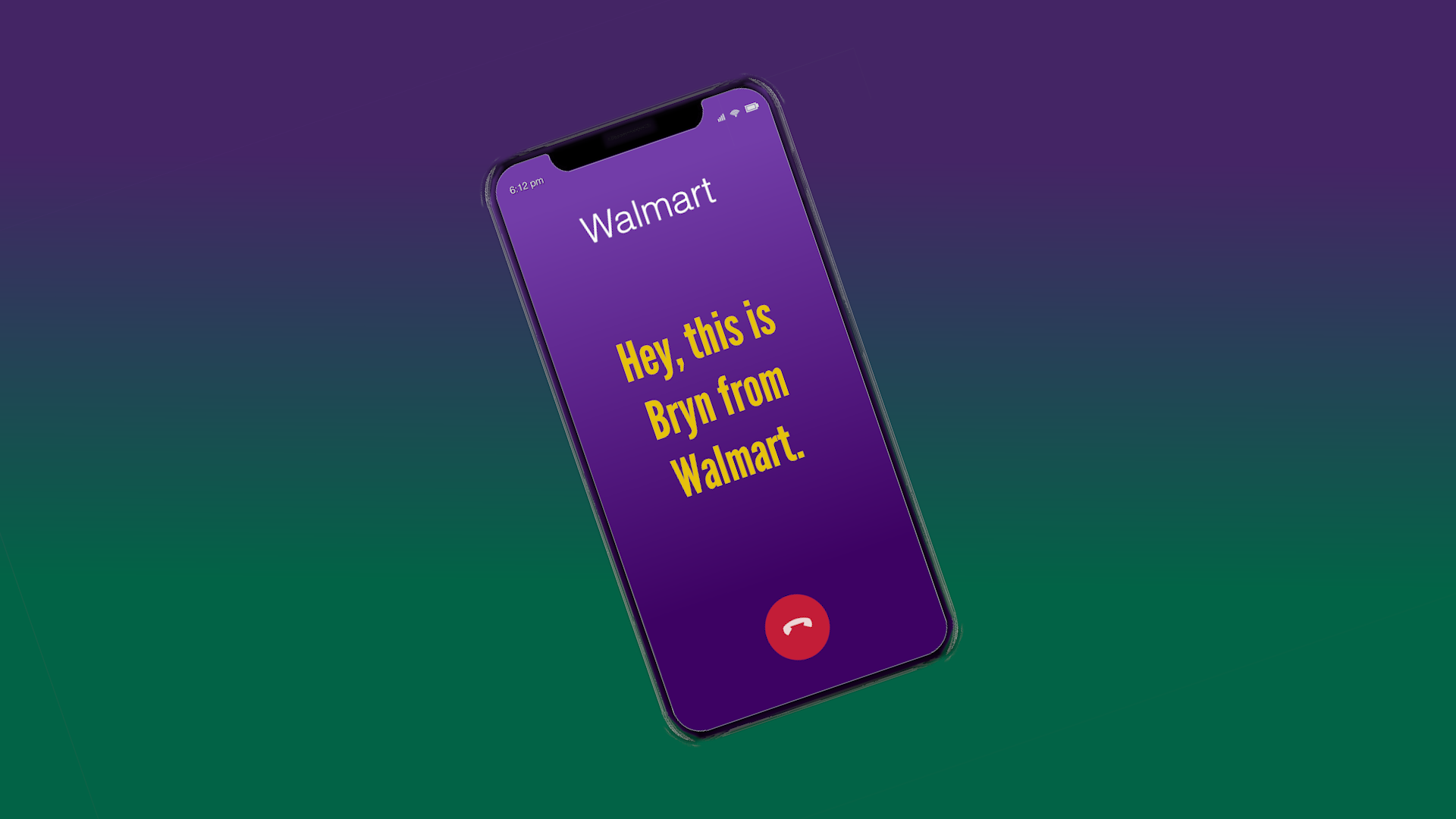Attackers hiding in your email? Here's one way to check
BY KERRY TOMLINSON, AMPERE NEWS
SEPTEMBER 13, 2022
Got a phishing email? It's often an attacker trying to take over your email account so they can use it against you and other people.
But what if they’re already inside your email?
In Cyber Tricks Revealed today, we show you one of their sneaky tactics and how you can track them down.
Watch here:
HIDING OUT
A spying group could be lurking in your email, Microsoft said in a report.
These attackers, said to be Russian, create fake profiles on LinkedIn. They'll strike up a conversation with you to get you comfortable, then send you an attack email with a poisoned attachment.
if you click on the attachment, you could get a notice saying you can't open it. You need to put in your username and password to get through --- the same username and password you use for your email and other important stuff.
The attackers then get into your email and do things like have it automatically forwarded to themselves. They may also pretend to be you and have conversations with other people. Their goal is to spy on NATO countries, according to Microsoft. But attackers can also do things like use your email to contact your human resources department and ask them to send your paycheck to a different bank account.
What to do
What can you do, besides watching out for fake people on the Internet?
You can check your email to see if there is a rule set up to forward your email somewhere else. Different email platforms use different systems, so your best bet is to do a search on how to check for rules in your platform. Once you find your rules, you can see if there are any already set up and stop those rules if needed.
Here’s an example of what a rule might look like in your email:
Example of a rule in email that forwards any email with a certain email address to the scammers. Image: Ampere News
In addition, use your multi-factor authentication, that extra login step like a special code, to protect your email and other accounts in case you fall for this attack. That will make it harder for the cyber crooks to get in and take over your account.
Though this attack group is currently focusing on NATO countries, it has not yet turned to the U.S., Microsoft said. When it does, you may not find yourself among its targets. However, other attackers around the world will mimic these tactics if they work well.
MORE FROM AMPERE NEWS:
Cyber crook ‘reply guys’ turn you into sitting duck for bank theft
Attackers are infiltrating your Google search results with money-stealing ads
How cyber crooks are tricking you into picking up the phone and putting down your guard
#phishing #cybercrime #cybersecurity #cybersecurityawareness










